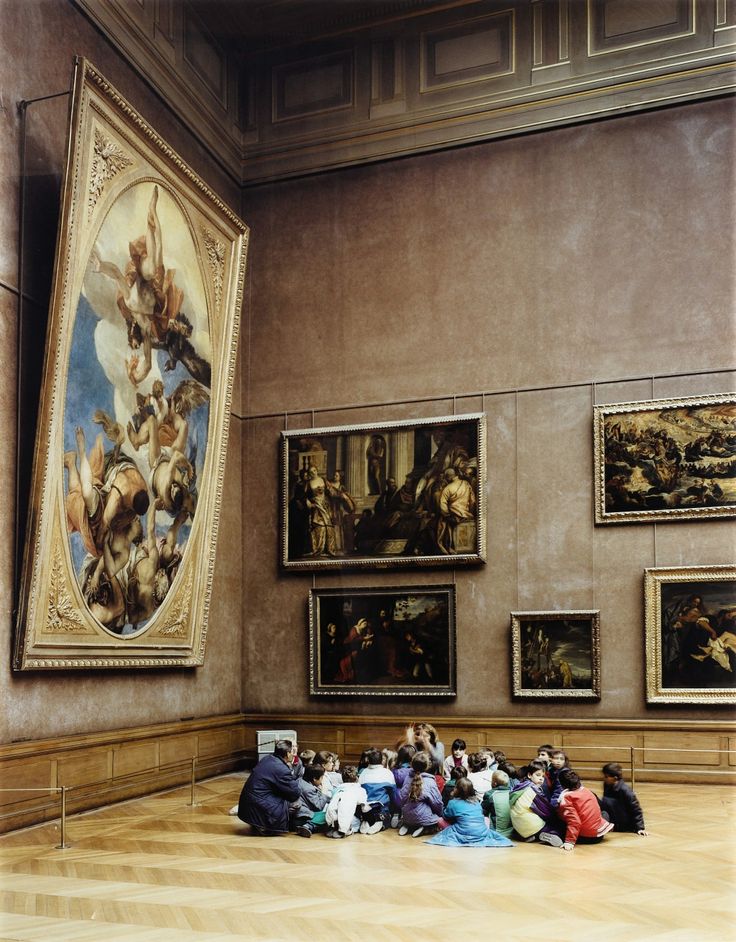Atmosphere
Introduction: 15 September 2015, 10 am

To see is to enter a universe of beings which display themselves, and they would not do this if they could not be hidden behind each other or behind me. In other words: to look at an object is to inhabit it, and from this habitation to grasp all things in terms of the aspect which they present to it. But in so far as I see those things too, they remain abodes open to my gaze, and being potentially lodged in them, I already perceive from various angles the central object of my present vision. Thus every object is the mirror of all others.
— Maurice Merleau-Ponty, the Phenomenology of Perception, 1945
This semester is about the production of atmosphere, about making spaces that have a precise and relevant spatial character. It was once self-evident that this was the main task of the architect, to make buildings and spaces that supported the rituals of daily life whether that was praying in a chapel, debating matters of state in parliament, or enjoying cakes and tea at home. In order to narrow down the theme of atmosphere and avoid becoming overly philosophical, we will look specifically at the installation and experience of art. This is a very contemporary subject. More art is being produced today than ever before and more spaces are being made to display this art. A reflection of the explosion of the art market and of the global tourist economy, this hyper- production has not necessarily been a good thing for art or for gallery architecture. But, the setting for art is something that has constantly evolved as the role of art in society has changed. From our distant ancestors making drawings of animals on the stone walls of caves, to Masaccio making paintings for the Brancacci Chapel in 15th century Florence, Richard Serra showing new large scale work at the Gagosian Gallery in 21st century London to the contemporary art supermarkets of Art Basel and Frieze. Although the meaning of the art and the nature of one’s experience of it has certainly changed and reflects significant changes in society, the relationship between artwork, architectural setting and experience remains, in the best instances, a powerful one.
The complex and two way set of relations between the art object and viewer, like that described by Merleau-Ponty in the Phenomenology of Perception, is what we are interested in exploring this semester
We will begin by looking at the history of art in European society, specifically charting how the development of art has come out of, and reflects the different contexts for which it is made and displayed. We will look in considerable detail at specific installations from the chapel to the art fair. The main project of the semester will be to design a small suite of galleries for specific collections of art, a very small museum for a site in Zurich. The semester will be run in collaboration with Fredi Fischli and Niels Olsen of gta exhibitions.
The projects will be developed in groups of two students.
Introduction: 15 September 2015, 10 am, HIL E 10.1
Professor Adam Caruso
Assistants: Reem Almannai, Martina Bischof,
Murat Ekinci, Stefan Fürst, Claudio Schneider, Kai Zipse